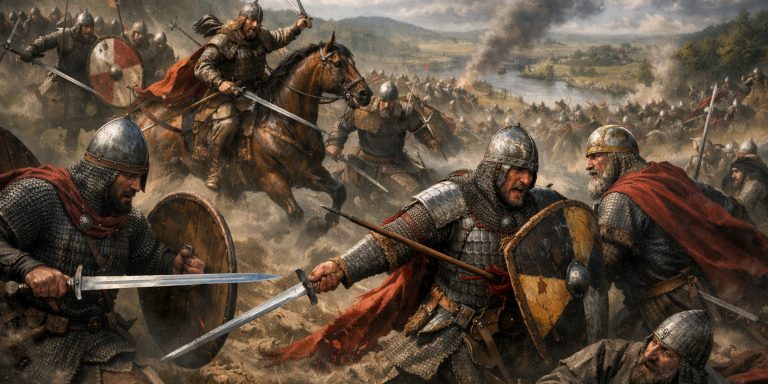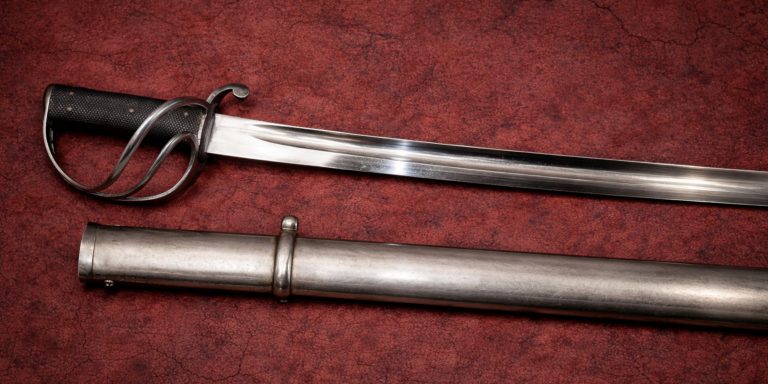
An unflinching look at ritual, religion, and the realities of empire.
Few subjects about the Aztec Empire provoke as much fascination or discomfort as human sacrifice. Between Spanish chroniclers, modern revisionists, and Hollywood dramatists, the line between truth and myth has blurred considerably. The truth is neither the sensational bloodbath of popular imagination nor the sanitised reinterpretation of some modern historians. The ritual of sacrifice sat at the heart of Aztec cosmology, politics, and warfare, shaping how the empire saw life, death, and divinity.
Below, we separate what can be verified from what’s been distorted, guided by archaeology, surviving codices, and a dash of historical honesty.
7 Facts About Aztec Human Sacrifice
| Fact | Details |
|---|---|
| 1. Sacrifice was a religious duty, not random violence | The Aztecs believed the gods had sacrificed themselves to create the world. In return, humans owed a perpetual debt of blood. It was an act of reciprocity, not cruelty for cruelty’s sake. |
| 2. The victims were often war captives | Warriors captured in battle were considered the most honourable offerings, especially if taken in direct combat. The Flower Wars (Xōchiyāōyōtl) were designed partly to capture, not kill, enemies. |
| 3. Sacrifices were highly ritualised | Victims were prepared through ceremonies, fasting, and adornment, symbolically transformed into the deity they were meant to honour before death. |
| 4. The Templo Mayor was the central stage | Excavations in Mexico City reveal layers of skulls and offering caches confirming mass rituals took place at this temple complex. |
| 5. Sacrificial methods varied | While heart extraction was most common, decapitation, gladiatorial combat, and even drowning (to appease Tlaloc) were used depending on the deity. |
| 6. Blood was symbolic nourishment | The Aztecs viewed blood as chalchíhuatl, precious water. To spill it was to feed the sun, ensuring dawn itself would continue. |
| 7. Not all victims were killed | In some cases, participants bled themselves voluntarily through ritual piercing, offering a symbolic sacrifice of life force rather than life. |
7 Myths About Aztec Human Sacrifice
| Myth | Reality Check |
|---|---|
| 1. Millions were sacrificed every year | This exaggeration originates from Spanish propaganda. Archaeological estimates suggest far lower numbers, possibly a few thousand annually across the empire. |
| 2. The Aztecs enjoyed it | There’s no evidence of sadism. The rituals were solemn and sacred, framed as duties, not spectacles for pleasure. |
| 3. Only slaves and criminals were victims | While some were, captured warriors and even volunteers (called ixiptla) could serve as divine representatives before being sacrificed. |
| 4. It was unique to the Aztecs | The practice existed long before them, among the Toltecs and Maya. The Aztecs simply institutionalised it on a grander scale. |
| 5. The Spanish ended sacrifice immediately | Even after conquest, clandestine ceremonies continued for decades. Cultural belief does not vanish with the fall of a city. |
| 6. It was only about fear and control | While it did project political power, the act was primarily cosmological, rooted in sustaining creation and divine order. |
| 7. There are no surviving traces | Excavations at the Templo Mayor have revealed tzompantli (skull racks) and ceremonial knives, as well as remains consistent with recorded rituals. |
Forces Behind the Ritual System
Although not a military conflict in itself, human sacrifice was tied to warfare, particularly through the Flower Wars. Capturing prisoners for sacrifice was a badge of honour for Aztec warriors.
Leaders and Religious Figures
| Title | Role |
|---|---|
| Tlatoani (Emperor) | Political and spiritual head, presiding over major sacrifices. |
| Priests of Huitzilopochtli | Conducted heart extractions and oversaw offerings to the Sun God. |
| Eagle and Jaguar Warriors | Elite soldiers tasked with capturing live enemies. |
| Calmecac Scholars | Custodians of ritual law and sacred timing. |
Troop Composition and Ritual Combat
| Force | Description |
|---|---|
| Jaguar Warriors (Ocelomeh) | Wore jaguar skins, symbolising ferocity. Expert in close combat and capturing foes. |
| Eagle Warriors (Cuāuhtli) | Represented the sun and sky. Known for discipline and ritualised combat honour. |
| Commoners (Macehualtin) | Provided logistical and military support during campaigns. |
Arms and Armour Used in Capture
| Weapon / Armour | Description |
|---|---|
| Macuahuitl | Wooden club edged with obsidian blades, capable of decapitating but designed to incapacitate. Ideal for taking prisoners alive. |
| Tepoztopilli | Obsidian-tipped spear used for both thrusting and slashing. |
| Chimalli | Round shields made from reeds or wood, decorated with feathers and leather. |
| Ichcahuipilli | Quilted cotton armour soaked in brine for extra toughness, surprisingly effective against blades. |
| Atlatl | Spear-thrower for distance engagements before closing in. |
Archaeology and Material Evidence
Excavations at the Templo Mayor in modern Mexico City have unearthed skull racks (tzompantli), ceremonial knives, and altars stained with haem residue. Researchers from INAH (National Institute of Anthropology and History) have confirmed that cut marks on skulls match those expected from sacrificial decapitation.
A 2015 discovery of over 650 skulls in one tzompantli structure confirmed that victims included men, women, and children, challenging earlier ideas that only warriors were sacrificed. The remains show precise cuts, indicating ritual execution rather than chaotic slaughter.
Timeline of the Ritual Tradition
| Period | Event |
|---|---|
| c. 1200–1325 | Proto-Aztec tribes in Aztlán and central Mexico adopt earlier Toltec sacrificial customs. |
| 1325 | Founding of Tenochtitlan; first temple dedicated to Huitzilopochtli built. |
| 1440–1469 (Reign of Moctezuma I) | Expansion of ritual warfare; establishment of Flower Wars. |
| 1487 | Rededication of Templo Mayor, reportedly involving thousands of sacrifices (numbers disputed). |
| 1519–1521 | Arrival of Cortés and the fall of Tenochtitlan; final major recorded sacrifices. |
| 1524 onwards | Spanish suppression of rituals, though underground practices persist for several decades. |
Contemporary Quotes
“They kept their captives alive, not out of mercy but for offering, believing that only through death could the sun rise again.”
— Bernardino de Sahagún, Florentine Codex
“They held that by feeding the sun, they fed all life, and without this blood, the world would fall into darkness.”
— Diego Durán, Historia de las Indias de Nueva España
The Seven Swords Takeaway
It’s tempting to see Aztec human sacrifice as evidence of savagery, but that’s a modern moral lens. In their worldview, it was necessity itself, the price of existence. The irony, of course, is that the same Spanish chroniclers who condemned Aztec blood rituals went on to stage their own inquisition. History has never lacked for hypocrisy.
The archaeology, stripped of both horror and romanticism, tells us one thing: these were acts of belief so profound that death itself was simply part of the deal.



